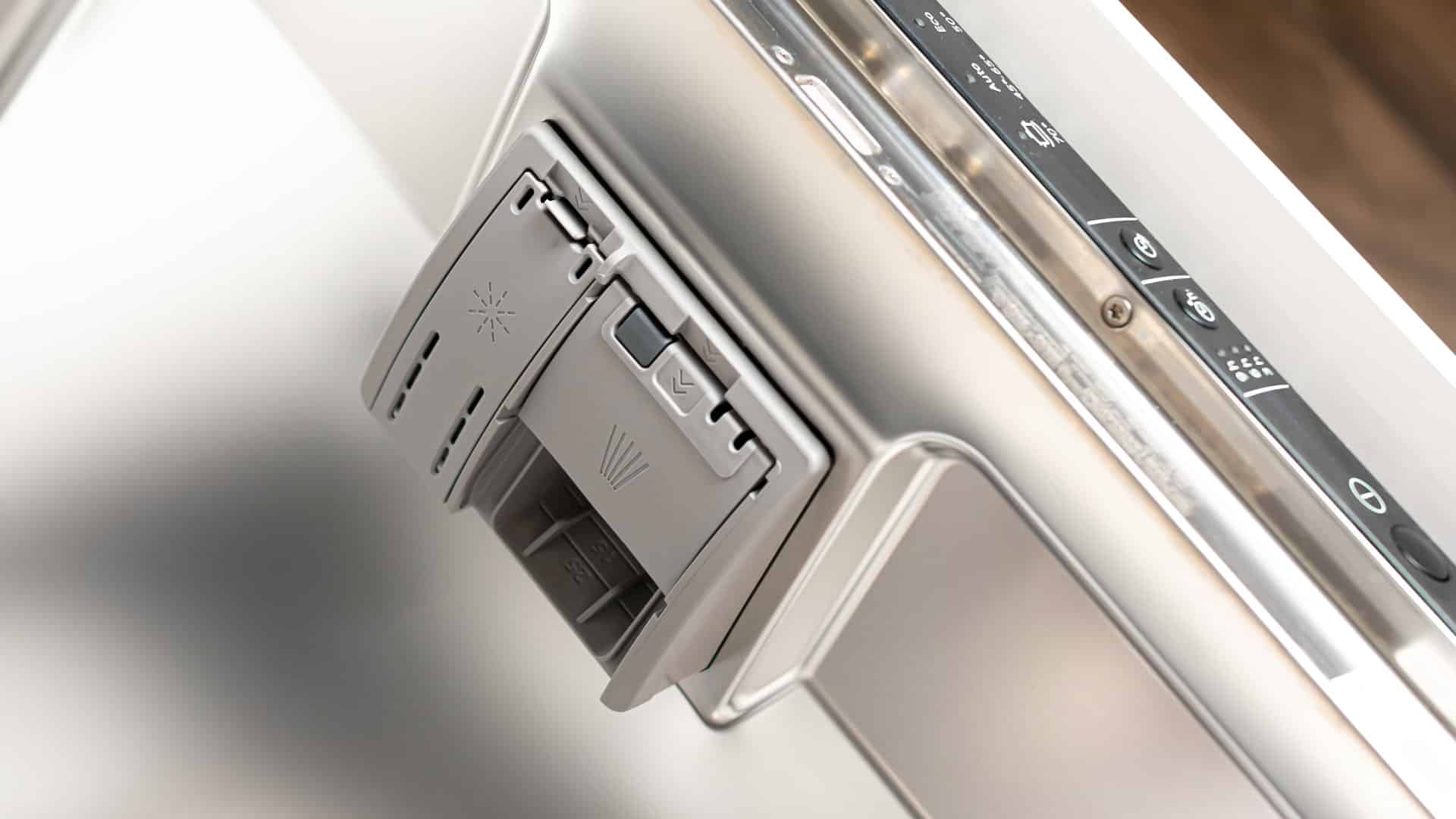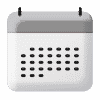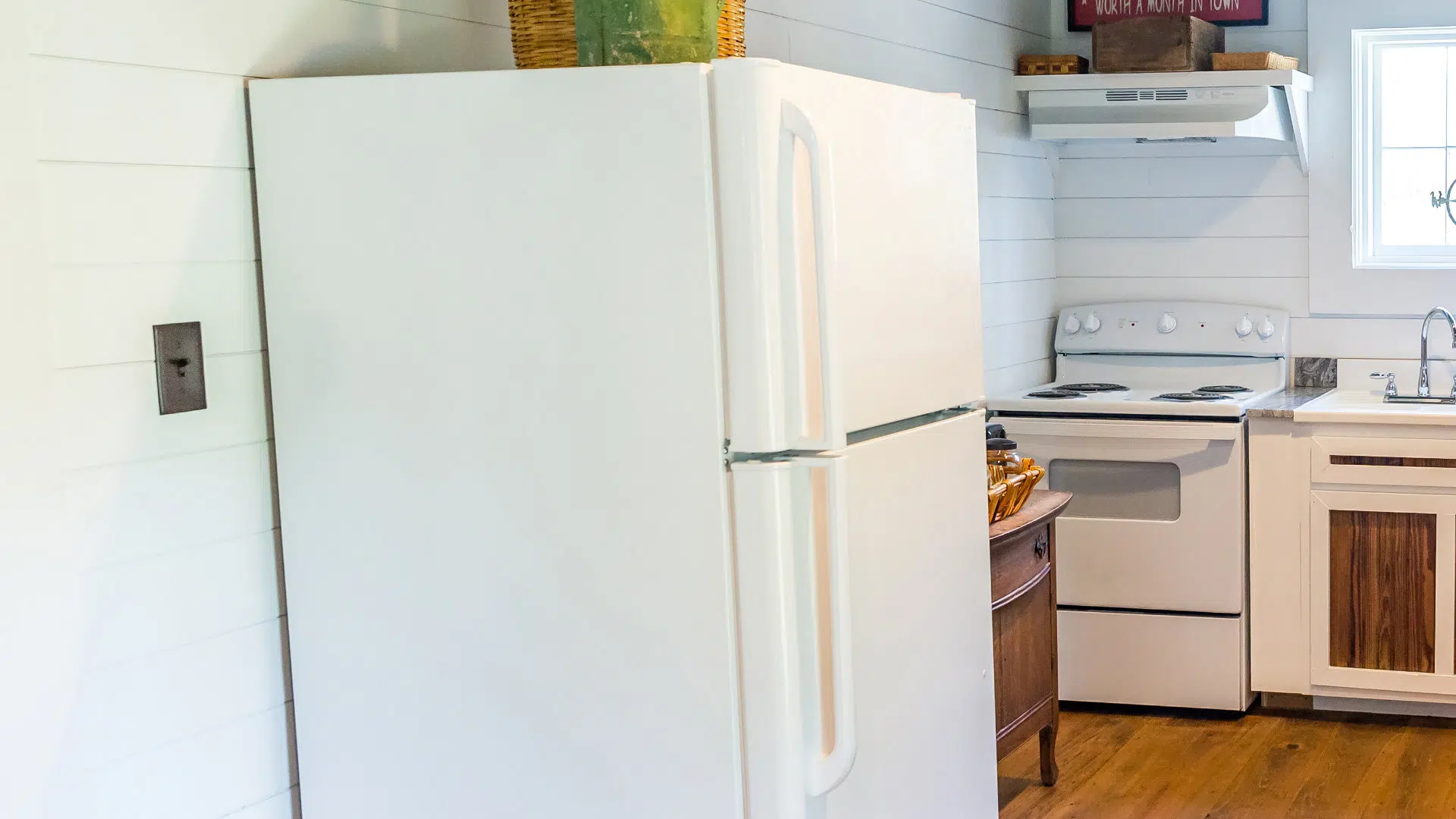
When your refrigerator keeps running, it can be caused by something as simple as your freezer temperature being set too high or more serious and difficult to fix like a faulty condenser fan. In this guide, we will go through all the major causes to help you find the one responsible for your specific circumstances. Simply start at the top of this guide and work your way down. Let’s get into it.
Inspect the freezer temperature
The easiest fix is to check that the freezer temperature has been set correctly. The ideal temperature range for your freezer is between zero and five degrees Fahrenheit. When it is set above this level, your fridge will have to run continuously to keep your entire refrigerator unit cool. Checking the temperature is simple; all you need to do is:
- Open the freezer door and find the temperature control.
- Make sure the temperature is set between zero and five degrees Fahrenheit or between -18 and 15 degrees Celsius. If not, adjust the temperature.
- Monitor your fridge for a few hours to see if this has fixed the problem. If your fridge still keeps running even after changing the temperature, you will need to inspect the condenser coils (see below).
Inspect the condenser coils
The condenser coils help to keep your fridge at the desired temperature. If they become dirty or frozen, your fridge will need to work continuously to keep cool. Checking the condenser coils is simple; all you need to do is:
- Pull your refrigerator out from the wall and turn the power off.
- Find the condenser coil unit. You may need to remove the cover off them or, in some refrigerator models, the lower access panel.
- If they are frosted over, let them defrost before cleaning them. If they aren’t frosted over, give them a good clean with a damp cloth, or you can use a vacuum cleaner if they are covered in dust.
- Once cleaned, turn your fridge back on, and monitor it for a few hours to make sure the problem has been resolved. If not, inspect the door gasket.
Inspect the door gasket
The door gasket is the plastic component that goes around your refrigerator door. When you close the door, the gasket ensures the door is air-tight. If the gasket becomes dirty or broken, the door will not be able to close, and your fridge will not stay cool. This causes the refrigerator to keep working continuously in an attempt to lower the temperature. Checking the door gasket is another simple task. Here’s what to do:
- Open your refrigerator’s door, and inspect the gasket the whole way around for any obvious signs of damage. If damaged, it will need to be replaced.
- If there is no obvious damage, grab a container of hot, soapy water, a cloth, and a small brush, and clean the door gasket thoroughly. Once the gasket is dry, you can close the door and move on to checking the condenser fan.
- If you replace the door gasket, you’ll need to ensure the problem has been solved. If not, check the condenser fan.
Test the condenser fan
If you still haven’t found the reason your refrigerator keeps running, the next steps in this guide are to test some of the internal components with a multimeter. If any of these components are defective, they will need to be replaced. The first component to check is the condenser fan. This component helps to keep the condenser coils cool. If it becomes defective, the coils won’t stay cool, and your fridge will have to keep running. Here’s how you test and, if required, replace the condenser fan:
- Turn the power off to your refrigerator, and pull it out from the wall.
- Locate the condenser fan, and remove the cover off it.
- Try to manually rotate the fan around by hand. If the fan has been obstructed, remove the object obstructing it.
- If nothing is obstructing the fan and it can rotate, the next step is to test the fan motor with a multimeter.
- If the test shows the fan motor has continuity, it is working correctly, and you can move on to checking the evaporator fan. If the fan motor doesn’t have continuity, it will, unfortunately, need to be replaced.
- Once the new fan is connected, turn your fridge back on, and check if the problem has been solved. If your fridge is still running continuously, test the evaporator fan.
Test the evaporator fan
The evaporator fan is in the freezer compartment of your refrigerator unit and helps to distribute cold air from the freezer to the fridge. If it stops working, your fridge will take longer to cool and will stay turned on much longer. Here’s how you test and, if required, replace the evaporator fan:
- Make sure the power is still switched off.
- Open the freezer door and locate the evaporator fan.
- Remove the cover of the fan.
- Try to manually rotate the evaporator fan by hand. If the fan has been obstructed, remove the object obstructing it.
- If nothing is obstructing the fan and it can rotate, the next step is to test the fan motor with a multimeter.
- If the test shows the evaporator fan motor has continuity, it is working correctly, and you can move on to testing the defrost heater. If the fan motor doesn’t have continuity, it will, unfortunately, need to be replaced.
- Once the new fan is connected, turn your fridge back on, and check if the problem has been solved. If your fridge is still running continuously, test the defrost heater.
Test the defrost heater
The next component to test with your multimeter is the defrost heater. This component is there to melt any ice that covers the condenser coils. If it stops working, your condenser coils will get frozen over, and your fridge might have to keep running to keep your fridge at the correct temperature. Here’s how you test and, if required, replace the defrost heater:
- Make sure the power is switched off to your refrigerator.
- If you haven’t already, pull your fridge out from the wall.
- Locate the defrost heater and disconnect it.
- Test the heater with your multimeter. If defective, replace it. If the heater is working correctly, move on to testing the defrost thermostat.
- Once the new heater is successfully installed, test if your fridge is now not running continuously. If your fridge still doesn’t work properly, test the defrost thermostat.
Test the defrost thermostat
The defrost thermostat is in your fridge to monitor the temperature and, when required, tells the defrost heater to start. If the thermostat isn’t recording the correct temperature, your fridge might have to stay on a lot more than usual. Here’s how you test and, if required, replace the defrost thermostat:
- Make sure the power is switched off to your refrigerator.
- If you haven’t already, pull your fridge out from the wall.
- Locate the defrost thermostat and disconnect it.
- Test the thermostat with your multimeter. If defective, replace it. If the thermostat is working correctly, you will need to consider having your compressor inspected.
- Once the new thermostat is successfully installed, test if your fridge is now not running continuously. If your fridge still doesn’t work properly, consider getting the compressor inspected.
Get the compressor inspected
The final step you can take to solve the problem of a fridge that keeps running is to get your compressor looked at by a qualified technician. Working on a compressor is a very complex and dangerous job to carry out so it’s best left to a professional. If they find anything wrong with the compressor it will need to be repaired or replaced.
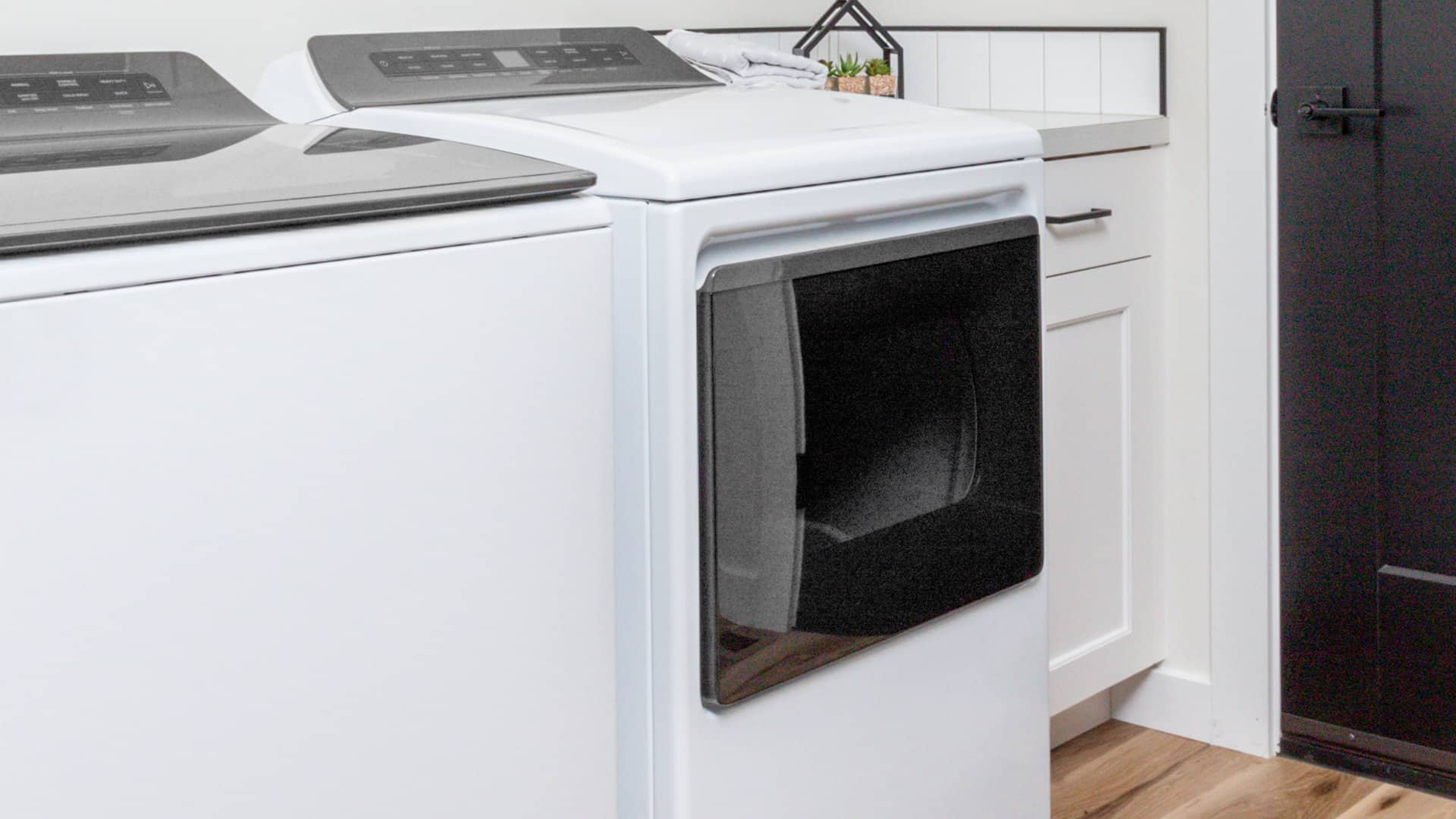
How To Fix a Whirlpool Washer F20 Error Code
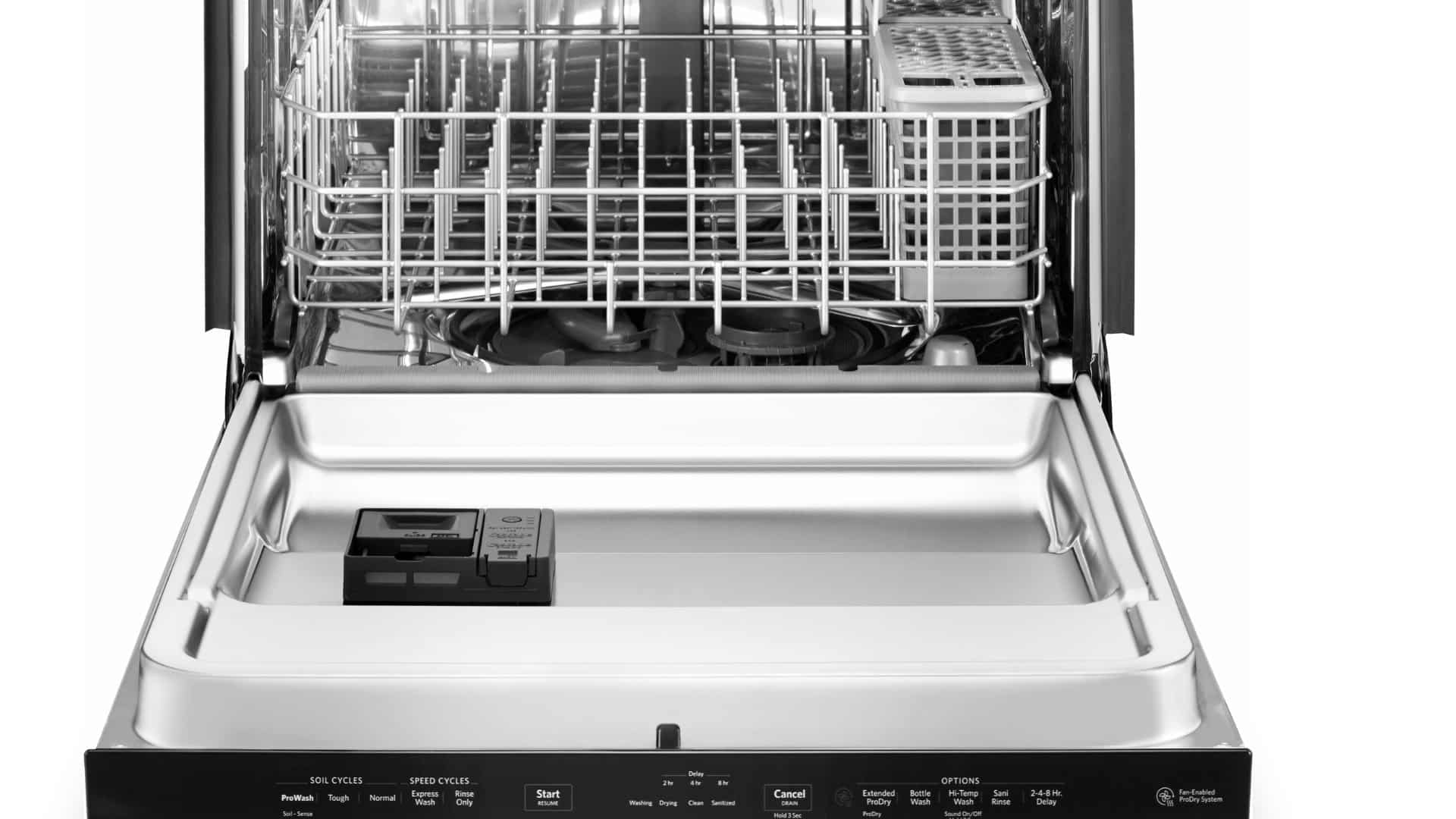
How to Fix a Dishwasher Not Getting Water: The Ultimate Guide
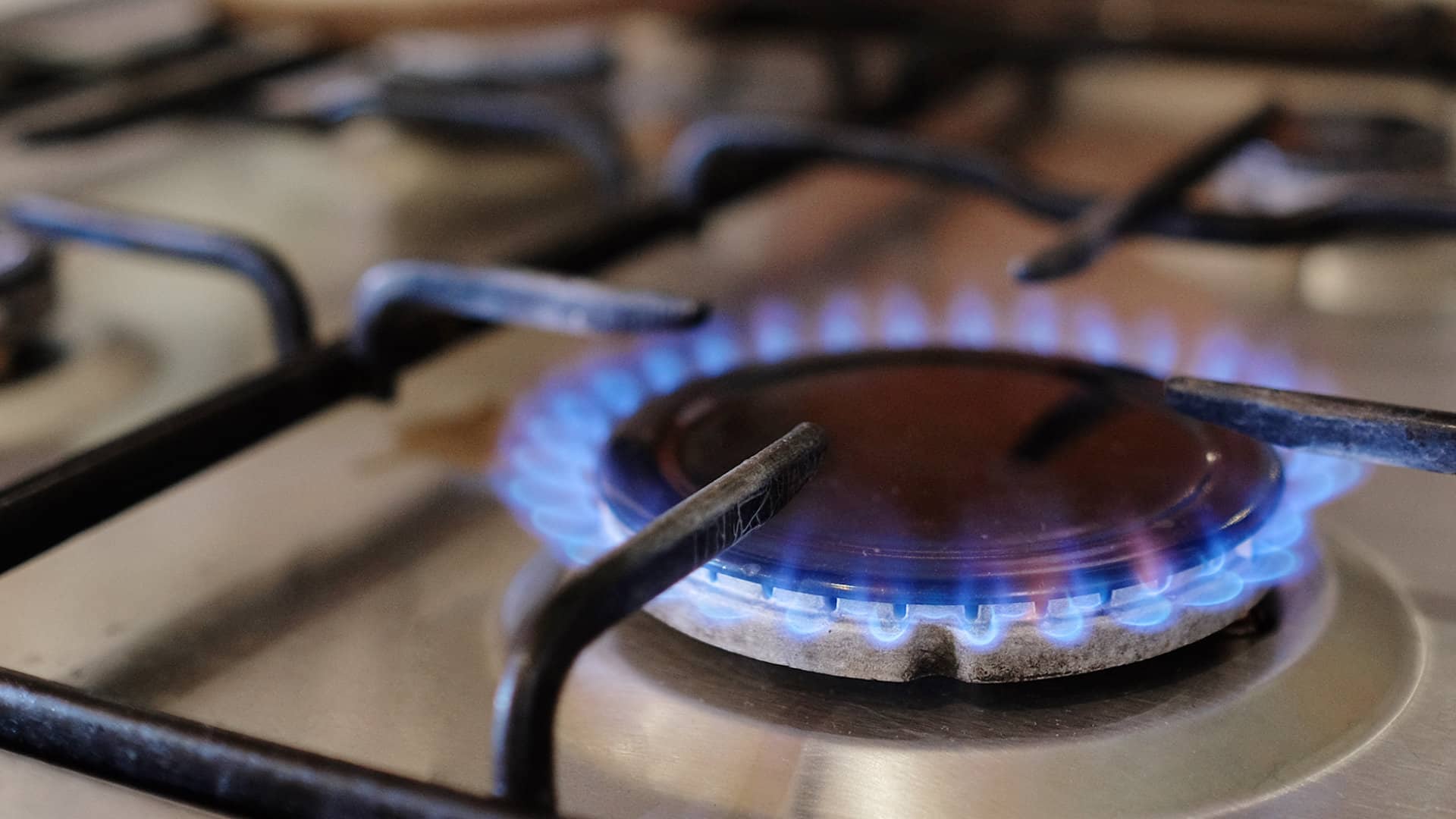
How to Solve the Frigidaire Stove F10 Error Code
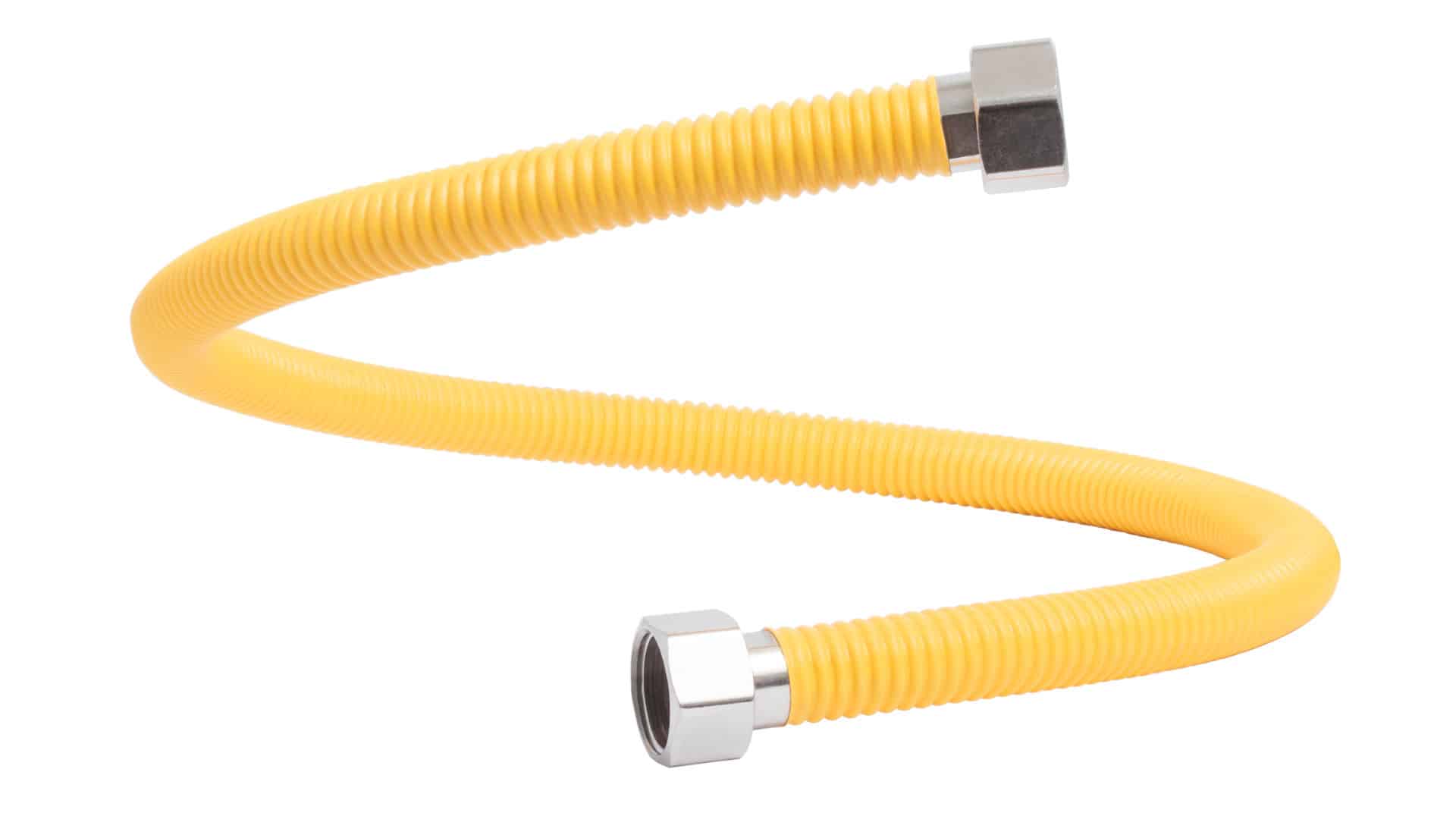
How to Hook up a Gas Dryer
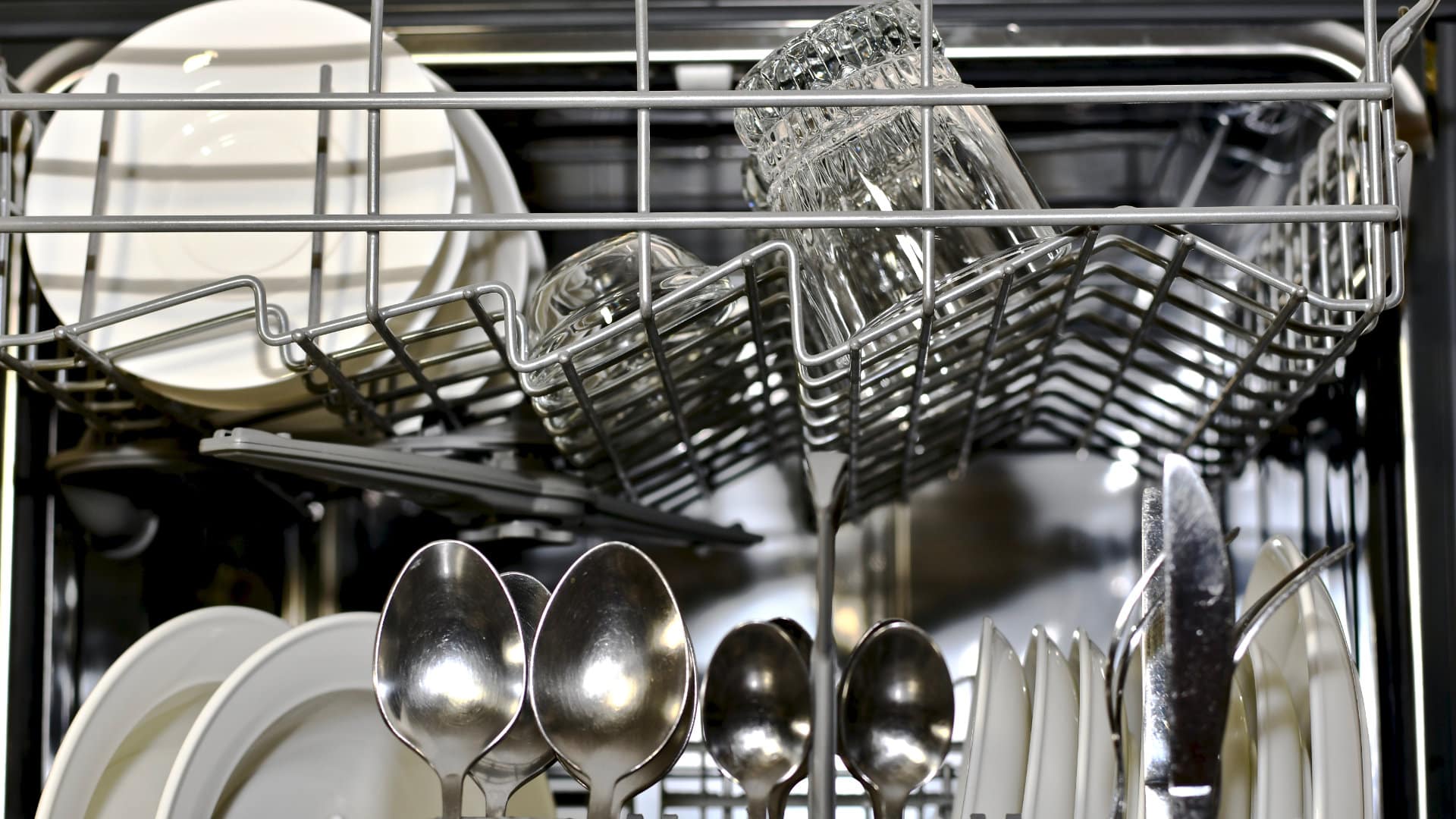
Dishwasher Not Cleaning Top Rack? How to Fix It
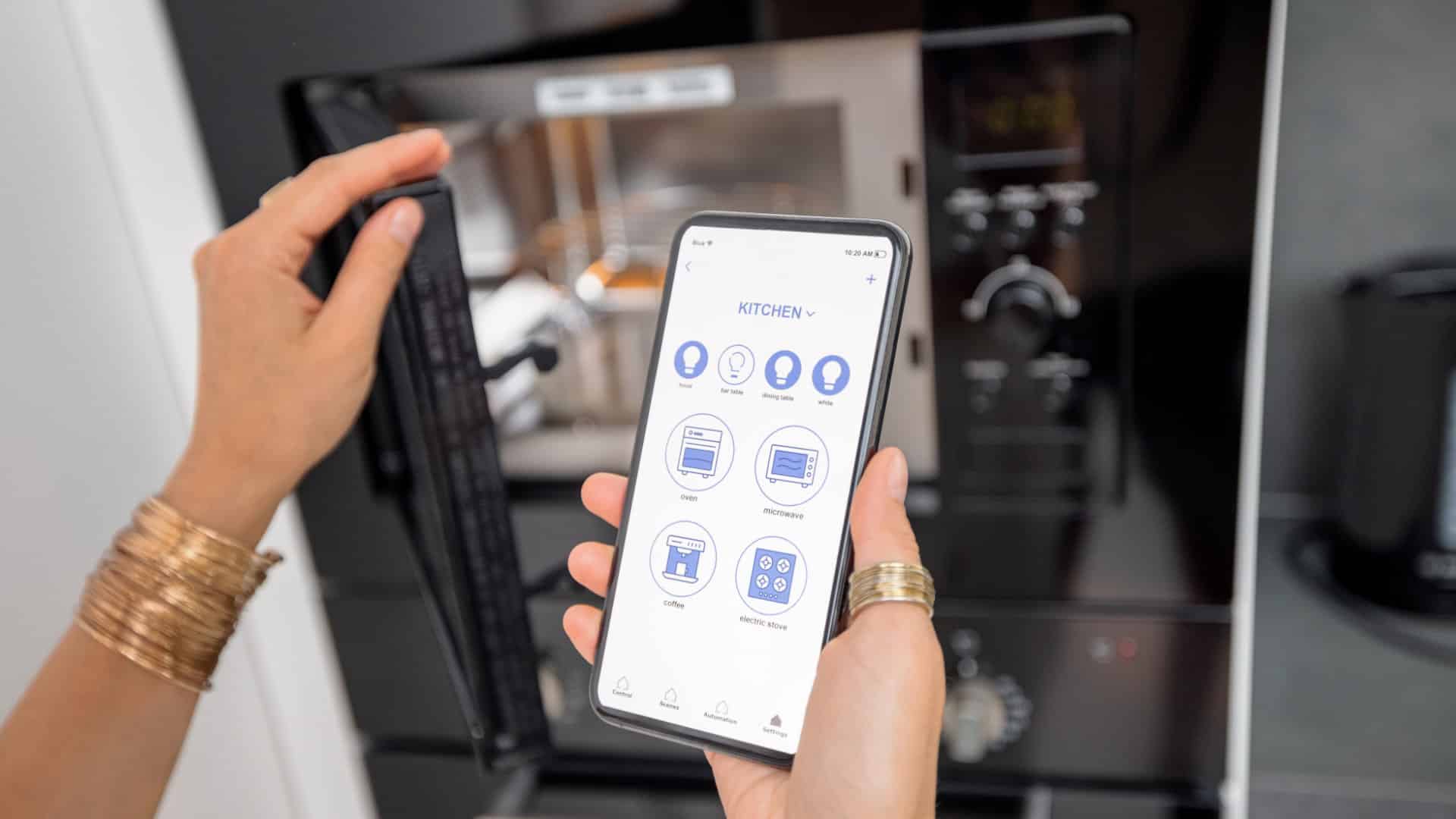
Why Your Microwave Is Making Weird Noises
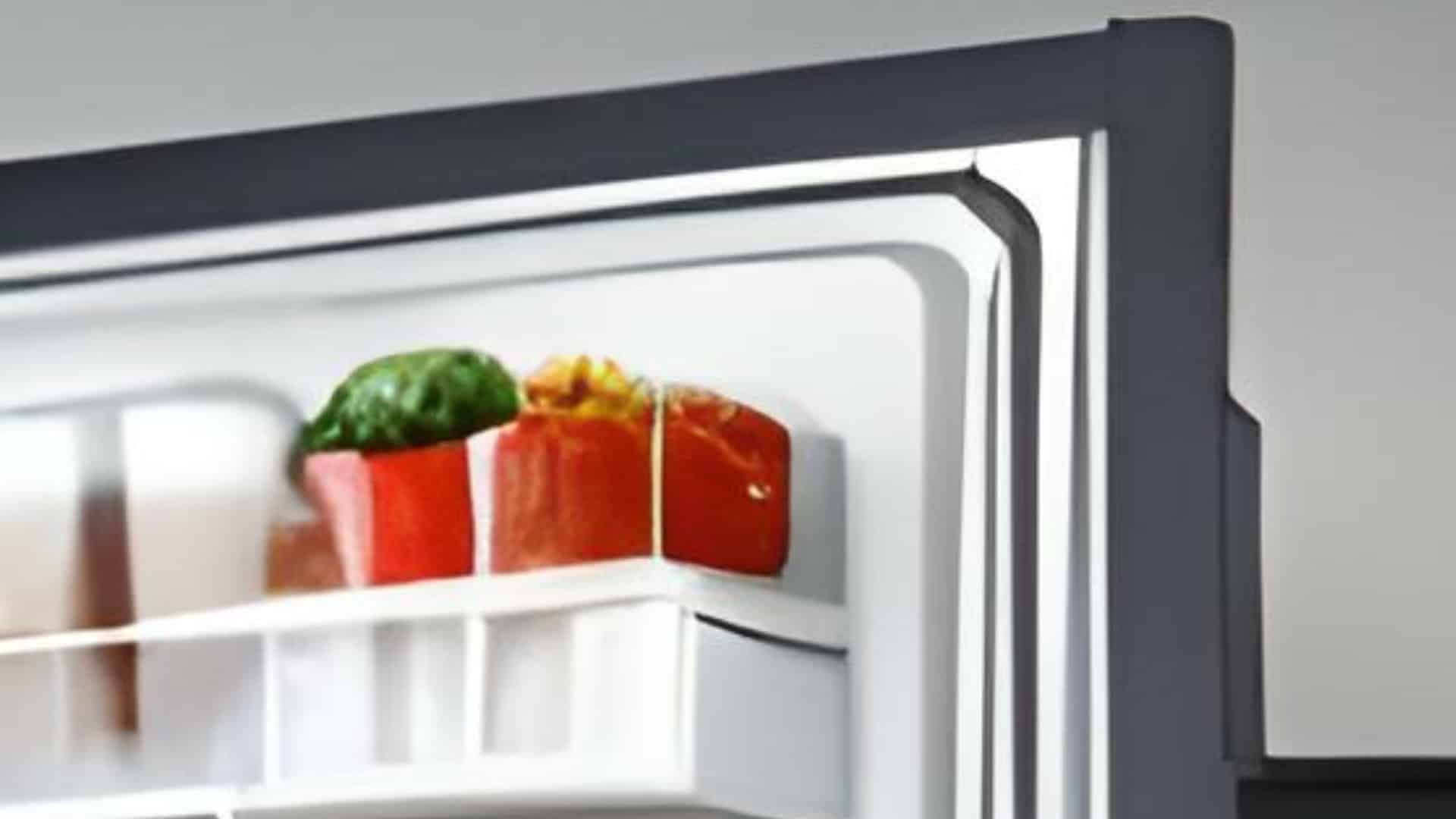
How to Replace a Refrigerator Door Seal
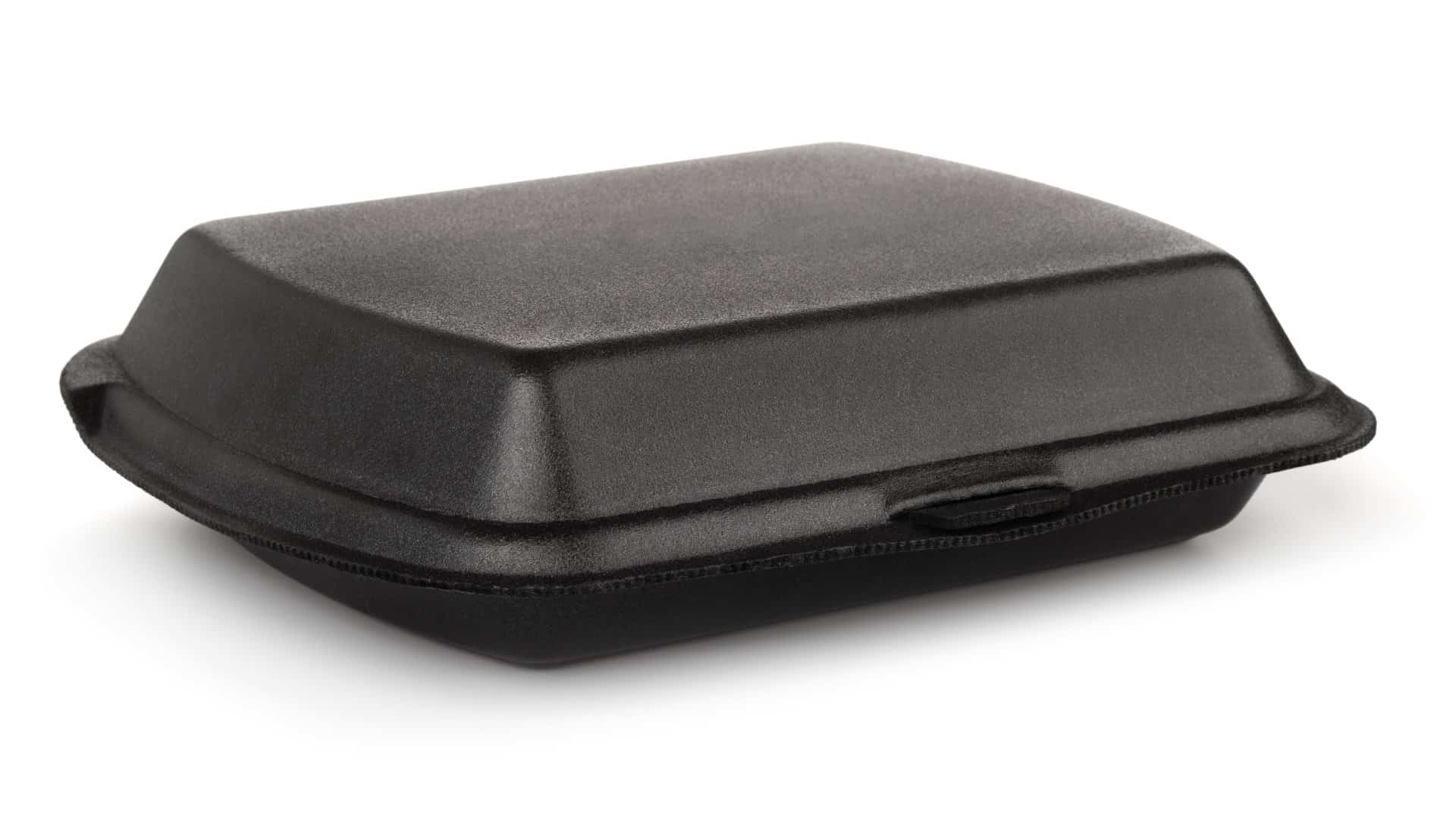
Can You Put Styrofoam in the Microwave?
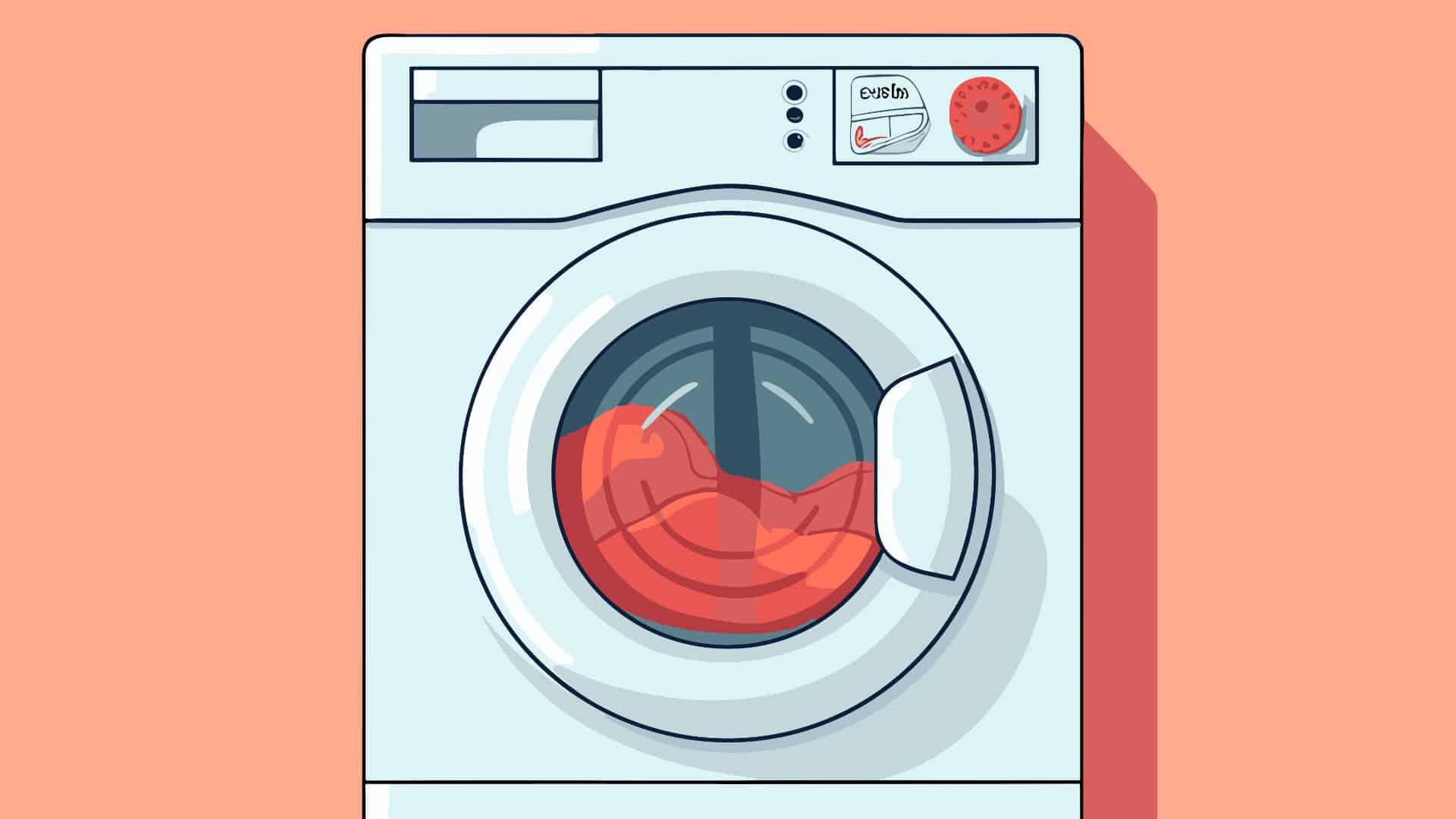
How to Resolve Whirlpool Washer E1/F9 Error Codes
